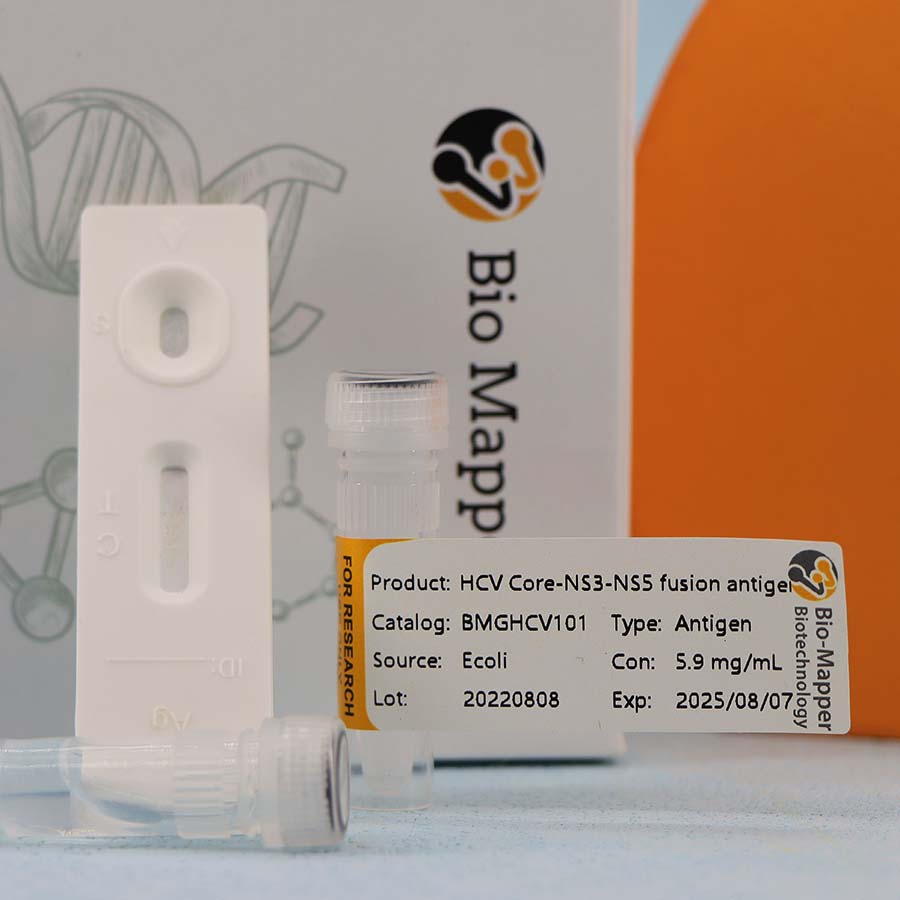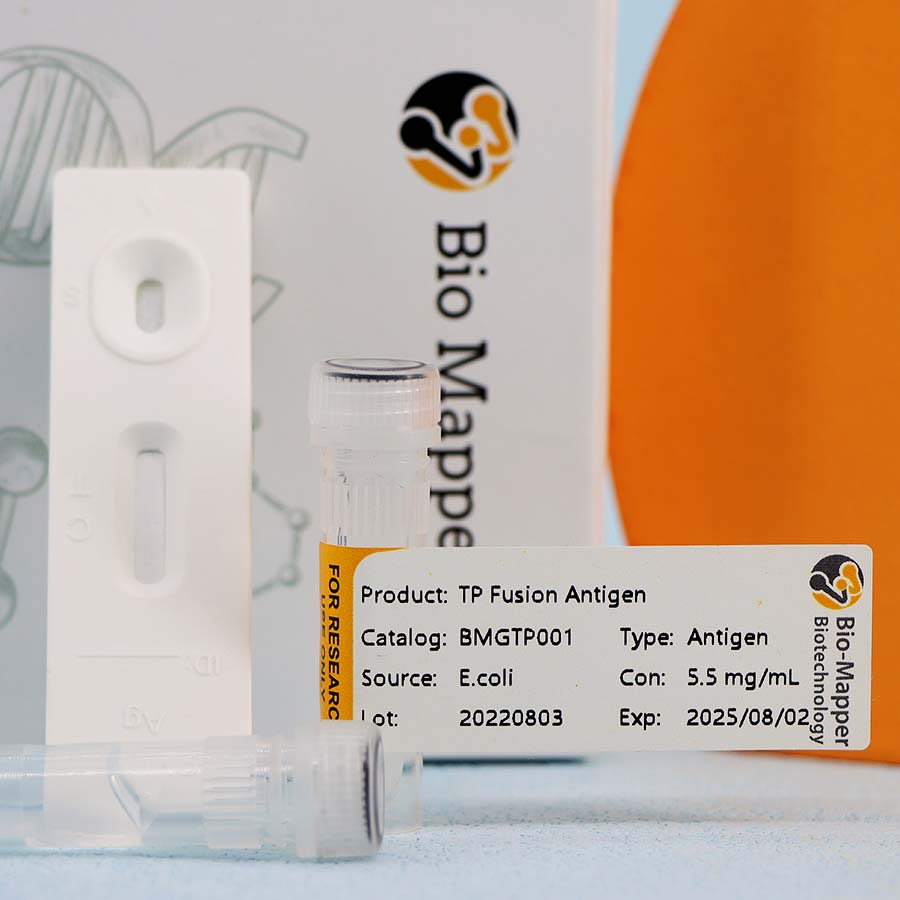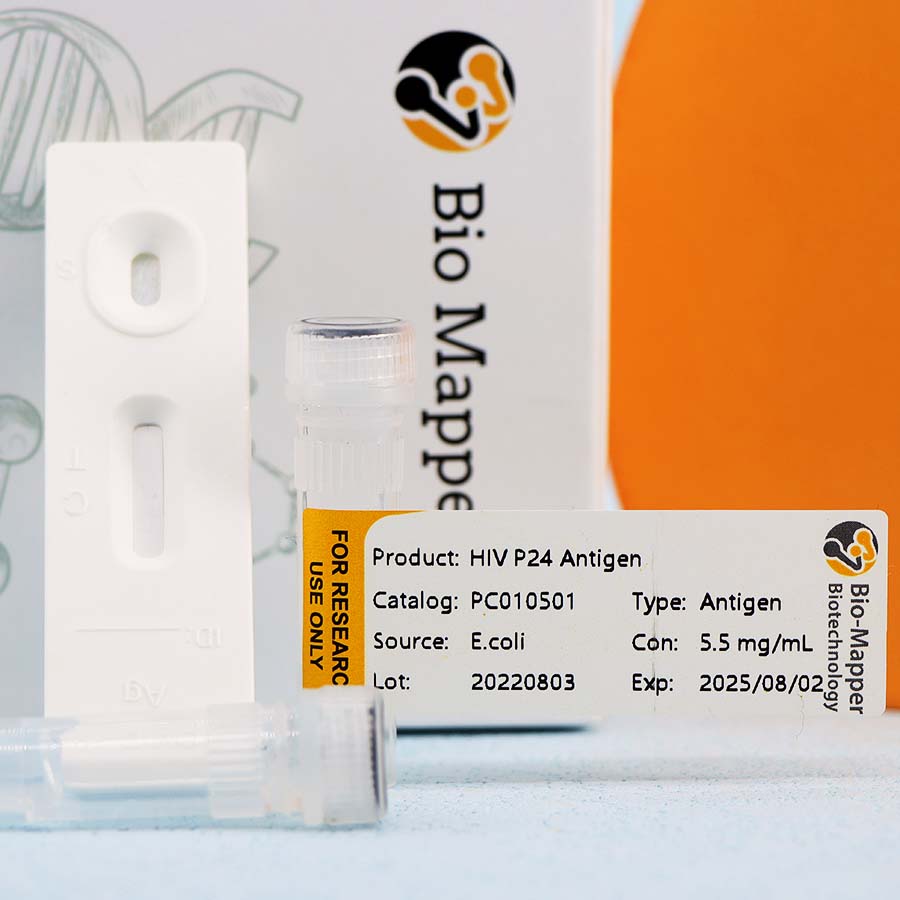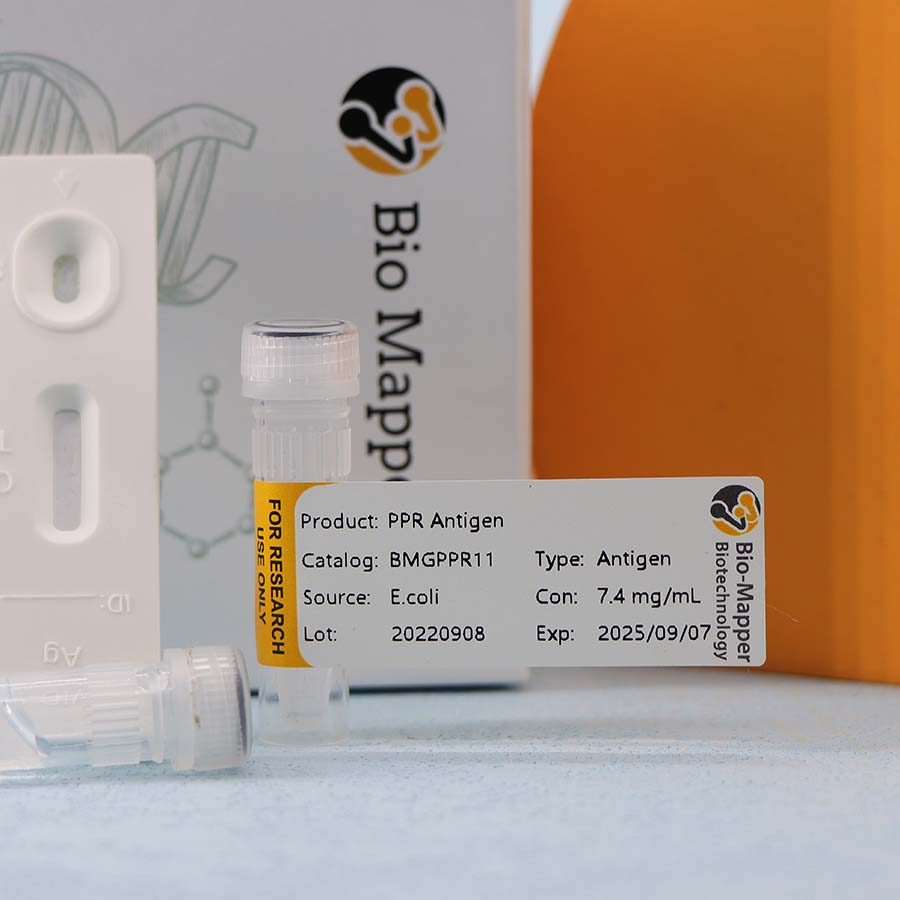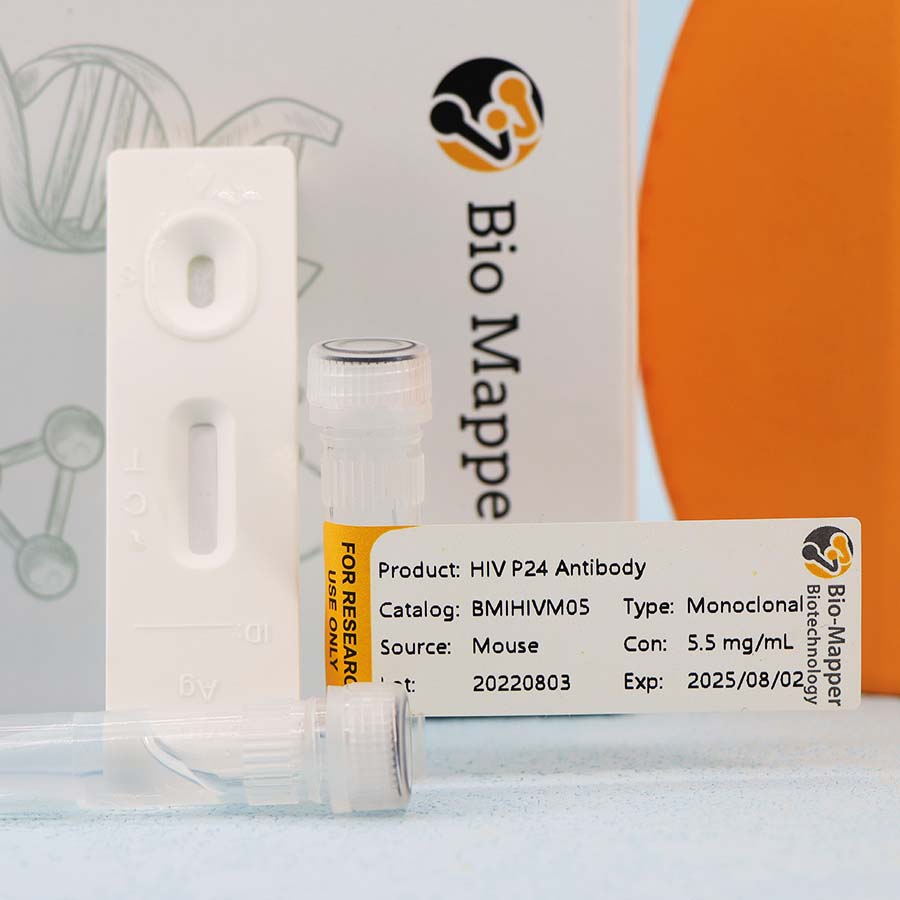Basic information
| Product Name | Catalog | Type | Host/Source | Usage | Applications | COA |
| HCV Core-NS3-NS5 fusion antigen | BMGHCV101 | Antigen | Ecoli | Capture | LF, IFA, IB, WB | Download |
| HCV Core-NS3-NS5 fusion antigen | BMGHCV102 | Antigen | Ecoli | Conjugate | LF, IFA, IB, WB | Download |
Most patients have no obvious symptoms in the acute stage of infection, accompanied by high levels of viremia and ALT elevation. HCV RNA appeared in blood earlier than anti HCV after acute HCV infection. HCV RNA can be detected 2 weeks after exposure at the earliest, HCV core antigen can be detected 1 to 2 days after HCV RNA appears, and anti HCV cannot be detected until 8 to 12 weeks, that is, after HCV infection, there is about 8-12 weeks, only HCV RNA can be detected, while anti HCV is negative, that is, the “window period” of anti HCV detection, and the length of the “window period” is related to the detection reagent (see Table 1). Anti HCV is not a protective antibody, but a sign of HCV infection. 15%~40% of patients with acute HCV infection can clear the infection within 6 months. In the process of clearing the infection, the HCV RNA level may be too low to be detected, and only anti HCV is positive; However, 65%~80% of patients have not been cleared for 6 months, which is called chronic HCV infection. Once chronic hepatitis C occurs, HCV RNA titer begins to stabilize, and spontaneous recovery is rare. Unless effective antiviral treatment is carried out, spontaneous clearance of HCV RNA rarely occurs. In clinical practice, most patients with chronic hepatitis C are positive for anti HCV (immunosuppressed patients, such as HIV infected patients, solid organ transplant recipients, patients with hypogammaglobulinemia or hemodialysis patients may be negative for anti HCV), and HCV RNA may be positive or negative (HCV RNA level is low after antiviral treatment).
